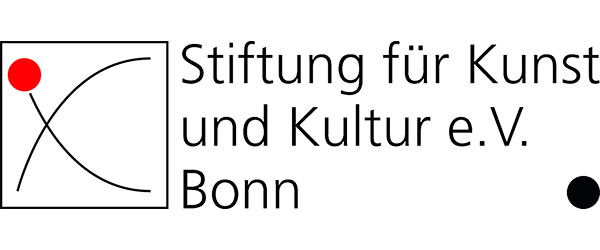Opening of the extension by Herzog & de Meuron and new presentation of the Ströher Collection
New landmark in the Ruhr region: since the laying of the foundation stone and around four years of construction, the extension to the Küppersmühle Museum by Herzog & de Meuron has been completed. From 24 September, the house will open its doors to visitors. With the presentation of the works from the Ströher Collection on an additional 2,500 square metres, the MKM will become a central location for German and European post-war art. europäischer Nachkriegskunst. More than 300 works since the 1950s are on display.
Brick on the outside, white cube on the inside: the MKM extension combines industrial culture with contemporary museum architecture. As with the conversion of the historic Küppersmühle into a museum (1999), Herzog & de Meuron took their cue from the existing MKM and the architecture of the inner harbour. Two structures of different heights continue the existing museum building and combine to form a new head building that harmoniously closes off the entire row of buildings on the harbour basin. The new building with its striking red brick façade leads into a square with 35 newly planted plane trees – a green oasis in the city.
Inside, a sequence of 36 bright, clearly structured collection rooms gives art plenty of room to work. In the course of the extension, the historic silos were also opened up and integrated into the building. Here bridges are created in the 1st and 2nd floor the connection between the new and the already existing rooms. The silos themselves will be preserved as industrial monuments, both in terms of their external appearance and their largely original materiality. A platform on top of the silos, which can be accessed depending on the season and weather conditions, offers a wide view over the Ruhr region.
“The planned extension joins the chain of impressive historic brick buildings along the harbour basin and thus completes the existing museum complex. At the same time, the new head building defines the conclusion of the entire row of buildings along the harbour basin. The new project is an integrated and complementary architecture.“Herzog & de Meuron, 2021
The project was made possible by the commitment of the private MKM Foundation, founded by the collectors Sylvia and Ulrich Ströher. The collectors played a major role in the initial planning of the exhibition spaces. In the new building, the focus is on Art Informel and abstraction by German artists, complemented by some positions of European post-war art. The Ströher Collection presents a wide range of works by the following artists
Künstler: Afro, Josef Albers, Jean Arp, Willi Baumeister, Peter Brüning, Alberto Burri, Rafael Canogar, Michael Croissant, Karl Fred Dahmen, Jean Dubuffet, Adolf Richard Fleischmann, Rupprecht Geiger, Karl Otto Götz, Otto Herbert Hajek, Hans Hartung, Bernhard Heiliger, Gerhard Hoehme, Anselm Kiefer, Norbert Kricke, André Masson, Georges Mathieu, Brigitte und Martin Matschinsky-Denninghoff, Manolo Millares, Ernst Wilhelm Nay, Jean-Paul Riopelle, Otto Ritschl, Giuseppe Santomaso, Antonio Saura, Bernard Schultze, Emil Schumacher, Jaroslav Serpan, K.R.H. Sonderborg, Pierre Soulages, Antoni Tàpies, Fred Thieler, Hann Trier, Hans Uhlmann, Emilio Vedova, Maria Helena Vieira Da Silva, Fritz Winter und Wols.





